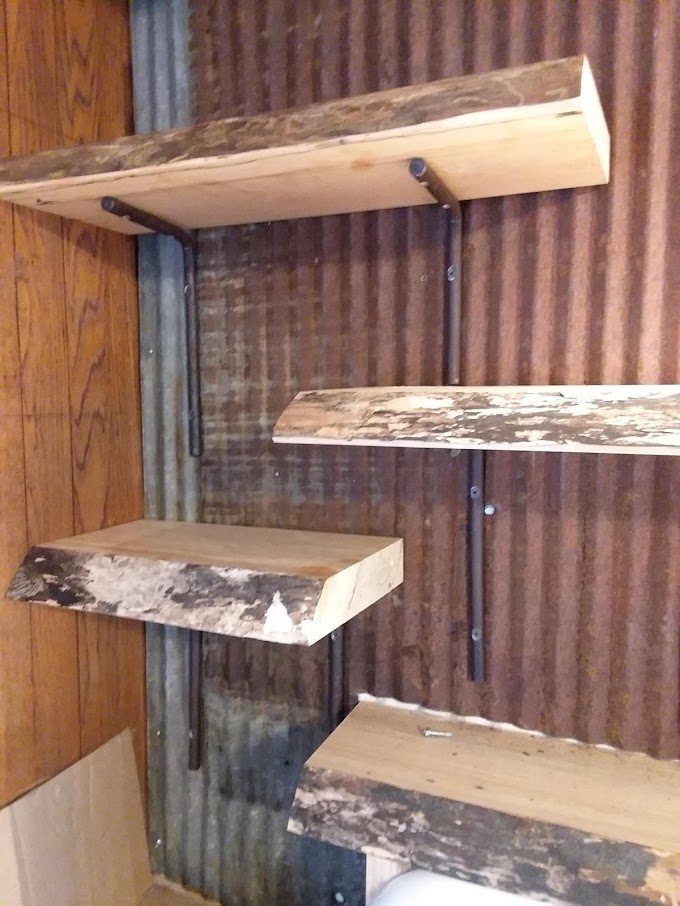Knives 23-30 – Kitchen Knife Set

This Knives 23-30 – Kitchen Knife Set was made at the request of my son Francis and Daughter-in-law Marla. The ask was, “We are also looking for a new butcher/kitchen knife set. A combo of the 2 sets to replace the old junk set we’ve had for 15 years. Something like 4 steak knives, a large size kitchen knife or chef’s knife, essentially what comes in a kitchen/butcher knife set combo. So, it’s really up to you. “
This set was also made from the same lumber as their kitchen counter, kitchen island and a few other kitchen cabinets made.


So, the learning continues and making this many knives at once made me focus on my mistakes. Most of these mistakes simply took the form of extra work.
For these knives when grinding the bevel, I found the best approach was starting at 36 grit, then going to 80 grit, then 120, 220 and 320. At that point I found it best to switch to hand sanding.
Hand sanding started at 100 grit, then 180, then 220 and up to 320 was pretty easy and took very little time.


All this before heat treating.
After heat treating and tempering, I discovered going straight to hand sanding worked best. I just do not have the muscle control yet to not wind up with some dig marks that are hard to sand out and I’m beginning to believe it’s best to do the final sanding by hand.
Update: Finding better belts has helped a lot. After get past 220 grit i find I do better with belts that are more flexible.
Being able to slow the belt grinder down to a very slow speed helped my control so if when hand sanding I discover a very bad spot, I’ll go back to the belt to sand it out. I switched back and force from hand sanding and the belt, trying to keep most of my work to hand sanding at this point. I sanded up to 2000 grit.
The biggest lesson I learned with this set of knives has to do with materials. I decided I wanted to try some nickel rod for pins. The pins came out hard enough that finishing them on anything but a flat surface a problem because the wood would sand quicker than the pin, leaving a hollow. Even using a dowel or other material as a sandpaper backing, it was difficult. This isn’t a shot against the rod, but some advice. If you’re going to try something new, try it on a single knife first, not a complete set. From now on this type of rod will only be used when the surface will be flat.

If you’re counting the knives in the first two pictures, the last knife is shown as bare metal. I ran out of steel for the fourth steak knife. The smaller paring knife wasn’t actually planned, but it was what was left of a bar of steel. I had to place an order for the fourth steak knife of the set.
I also found that making all the knives exactly alike was extremely difficult. Bottom line is I will not make a set like this until my skill level has risen. Take out the steak knives though, and everything else is different anyhow. Keep that in mind if you’re going to make your first “set”.








The block is made from spalted maple (again, same as the kitchen remodel lumber)
________________
As an Amazon associate, we earn income from qualifying purchases when you click on a link. Your link clicks help us fund our website.________________


[…] This Knife 30 – Cleaver is the last knife of the Knives 23-30 – Kitchen Knife Set . […]